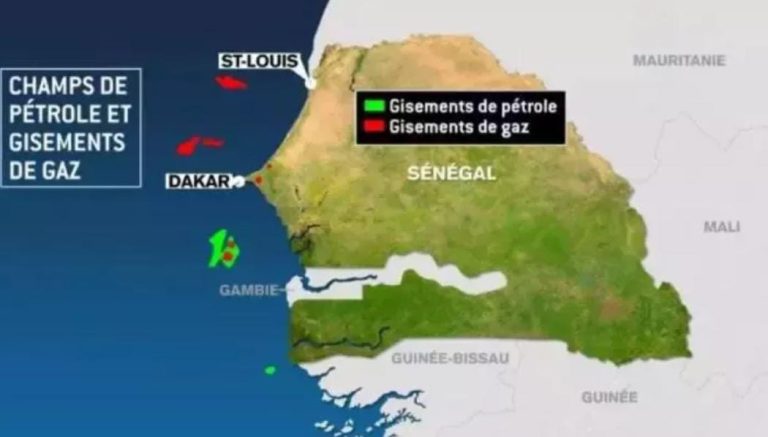Senegal: A Promising Start in Hydrocarbon Production
Mamoudo samoura
Senegal has officially joined the group of hydrocarbon-producing countries with the commencement of operations at the Sangomar oil field, located approximately 100 km south of Dakar. This project, led by the Australian company Woodside Energy, required an investment of 5 billion dollars and aims for a daily production of 100,000 barrels. In the long term, the country expects to generate annual revenues exceeding one billion euros over the next thirty years. Meanwhile, another major project, Grand Tortue/Ahmeyim (GTA), on the Mauritanian border, is set to produce 2.5 million tons of liquefied natural gas per year, further boosting the country’s energy potential.
However, these discoveries bring both hopes and challenges. The newly elected president, Bassirou Diomaye Faye, has promised a thorough audit of the oil and gas sector to ensure that contracts serve the country’s national interests. This approach aims to avoid the “oil curse,” which has often led to corruption in other African countries. With production intended for both export and domestic consumption, Senegal enters a new economic era, asserting its sovereign rights while facing international pressure to reduce dependence on fossil fuels.
-

Akon’s $6 Billion Futuristic City in Senegal Officially Abandoned: Government Shifts Focus to Realistic Alternative
Edited By: Aminata Diallo The Senegalese government has confirmed the cancellation of Akon’s ambitious $6 billion smart city project, originally envisioned... Economy -

Engie Accelerates Renewable Energy Expansion in Africa and the Middle East
Edited By: Aminata DialloFrench energy giant Engie has announced the early completion of Africa’s largest wind power facility — the... Economy -

United States Expands Investment Network Across Central Africa Infrastructure
Edited by: Reda El GhazalThe United States is stepping up its economic engagement in Central Africa, driving a wave of... Economy -

Senegal’s Revised Budget Reveals Widening Fiscal Deficit Amid Data Scandal
Edited By : Widad WAHBI Senegal’s newly amended draft budget for 2025 projects a fiscal deficit of 7.82% of GDP—an increase... Economy -

Togo Protests Result in Seven Deaths Amid Rising Political Tensions
Edited by: Fatima BabadinThe protests that erupted in late June in Lomé, Togo, have resulted in at least seven confirmed... West Africa - Sahel -

South African President Issues Firm Rebuttal Amid Growing Tensions in Coalition Government
Edited by: Widad WAHBI South African President Cyril Ramaphosa has delivered a stern warning to his coalition partner, the Democratic Alliance... Politics

 Follow the latest news on WhatsApp
Follow the latest news on WhatsApp  Follow the latest news on Telegram
Follow the latest news on Telegram  Follow the latest news on Google News
Follow the latest news on Google News  Follow the latest news on Nabd
Follow the latest news on Nabd 


















